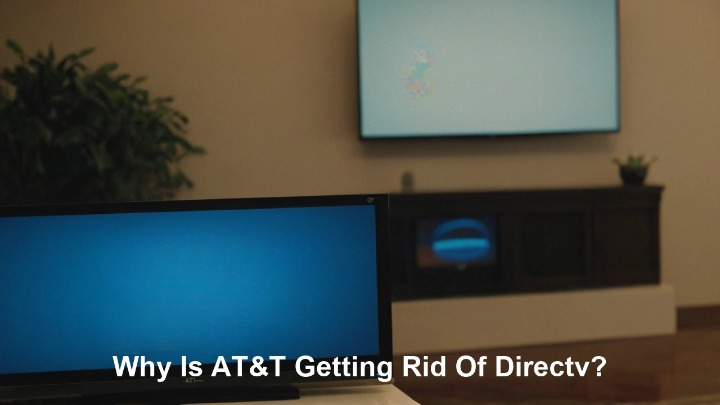Why is AT&T getting rid of DIRECTV?

The idea behind the divestment of DIRECTV by AT&T is therefore more towards the fact that the market for pay-TV services has evolved and there is increasing competition from streaming services. Here are some of the key reasons why AT&T likely decided to divest its satellite TV business.
Shift from satellite/cable TV to streaming: In the last several years, there has been a massive shift from the more conventional paid television services such as cable and satellite to over-the-top content applications like Netflix, Hulu, Disney +, and numerous others. Millions of households are choosing not to have cable service and instead, they rely on Internet streaming services. This has greatly contributed to huge subscriber losses for DIRECTV as consumers change their viewing patterns.
High content costs: The eradication of high costs incurred in securing rights to popular TV channels and content has not been achieved to date. While it was still receiving significant subscriber revenue, the costs of the content it needed to purchase were not decreasing or even increasing, which makes it likely that DIRECTV was not making a huge profit. The costs incurred while licensing content must have been too expensive to be continued.
Low satisfaction: Many customers have reported their dissatisfaction with the company in the last decade or so, which has placed it lower than many streaming services and some cable operators. Their satellite technology was old and needed an upgrade and as such the streaming offered them services that excluded some of the features that are seen in the newer versions of the platforms. This indicated that fewer direct happy DIRECTV customers, in the long run, implies a higher figure of subscriber churn.
Changing strategy under AT&T: In 2015, AT&T bought DIRECTV for almost $50 billion, also with the idea to integrate the satellite service provider with AT&T’s mobile and broadband services for effective cross-selling. However, there are significant problems with integrating two very dissimilar companies, and the process was much more challenging than expected. Based on AT&T’s overall strategy that focused on differentiation and growth of next-gen services such as 5G, owning the satellite company was no longer part of their strategic vision.
High acquisition costs: The acquisition of DIRECTV in 2015 was a very costly one and to fund it AT&T had to go deeper into debt which amounted to $49 billion. As the pay-TV sector has deteriorated, DIRECTV ceased to offer growth rates that AT&T would require to justify such a large acquisition price tag. This may have probably led to their decision to dispose of the company through the sale as opposed to pumping in more capital.
Need for debt reduction: As already indicated, AT&T has been highly leveraged since the DIRECTV deal, a fact underlined by the fact that it had more than $180 billion in debt at one point. Meaningful amounts of capital will need to be spent on 5G infrastructure, which may have left AT&T’s leadership looking for ways not only to unload DIRECTV but also to use the deal to their advantage to shed a large amount of debt and raise cash to fund next-gen initiatives.
Leadership changes: The team that led the DIRECTV deal particularly former CEO Randall Stephenson is largely different from the one that has been in place since 2015. When new leadership with the new CEO in charge, John Stankey, looked into the business model and decided that it was time to reverse the previous move.
Limited synergies: The acquisition of DIRECTV appears to have generated less synergies between the telecommunications and DirecTV/internet service provider segment of AT&T than planned. Maintaining the suffering satellite division could have dragged down the newer streaming platforms that AT&T wishes to focus on based on its media strategy.
The pay-TV distribution business, although still pulling in billions of dollars annually, seems to be heading in the same direction as the overall trend toward streaming. Considering these industry dynamics, AT&T’s costly satellite assets were viewed as a net loss to the company’s prospects for fully pivoting toward next-gen entertainment via HBO Max. In the long run, even when bundling discounts were offered, it became clear that the company was failing to consider viewing trends. Therefore, for AT&T investors, getting rid of this unnecessary satellite is beneficial because it takes away the distractions and focuses on the communication and media segment that will create growth.
Upgrade to faster, more reliable AT&T Fiber Internet today! Call us at +1 844-905-5002 and get connected with speeds that keep you ahead.





